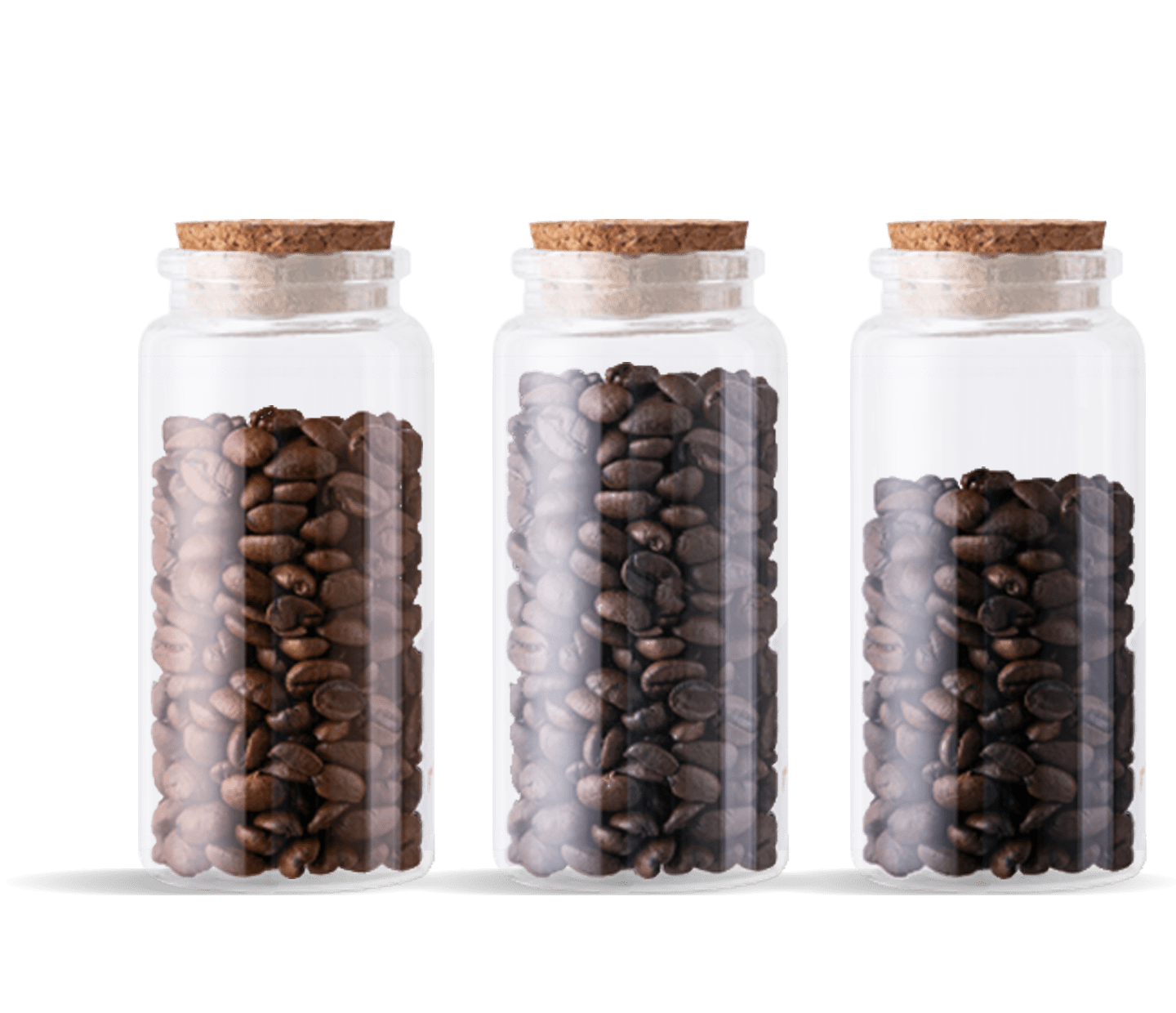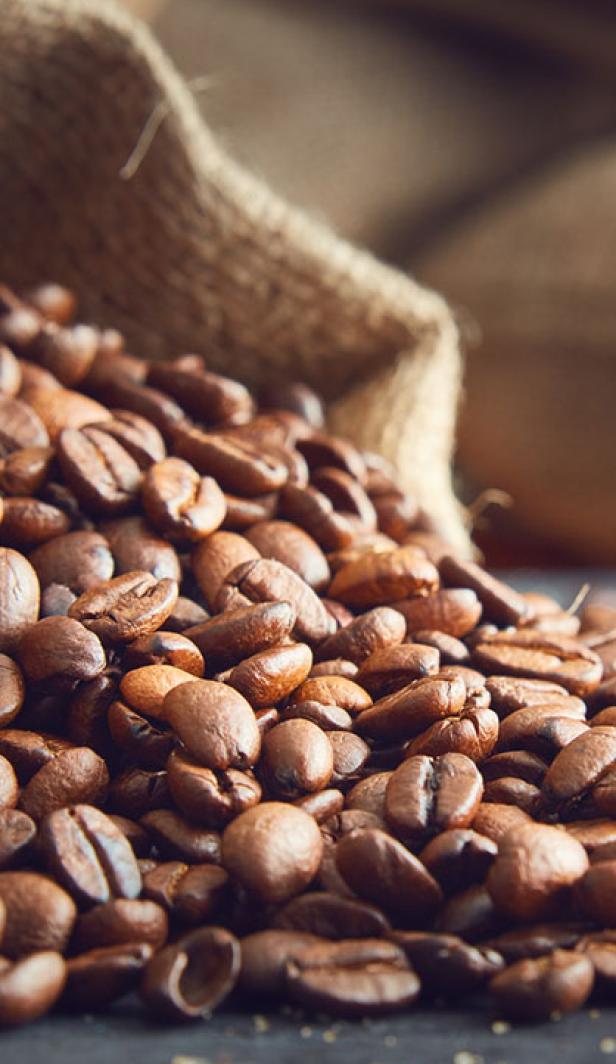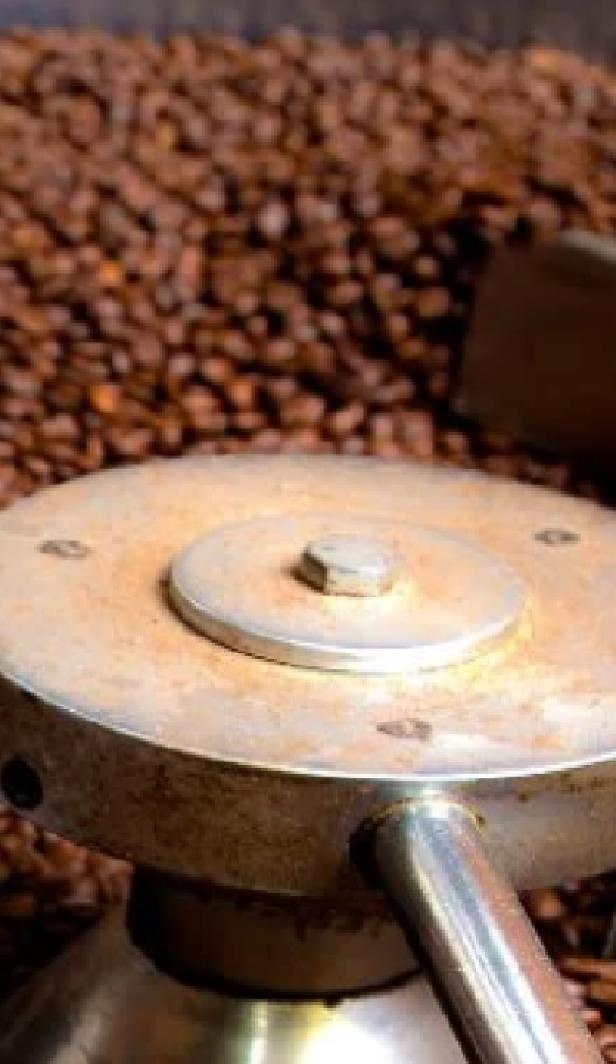Understanding the 6 coffee layers
Prior to roasting, coffee bean need to be extracted from within the many layers of a coffee cherry. The coffee cherry is made up approximately six layers; for roast coffee, we are only looking to extract and use the beans found in the centre (generally there are two beans inside).
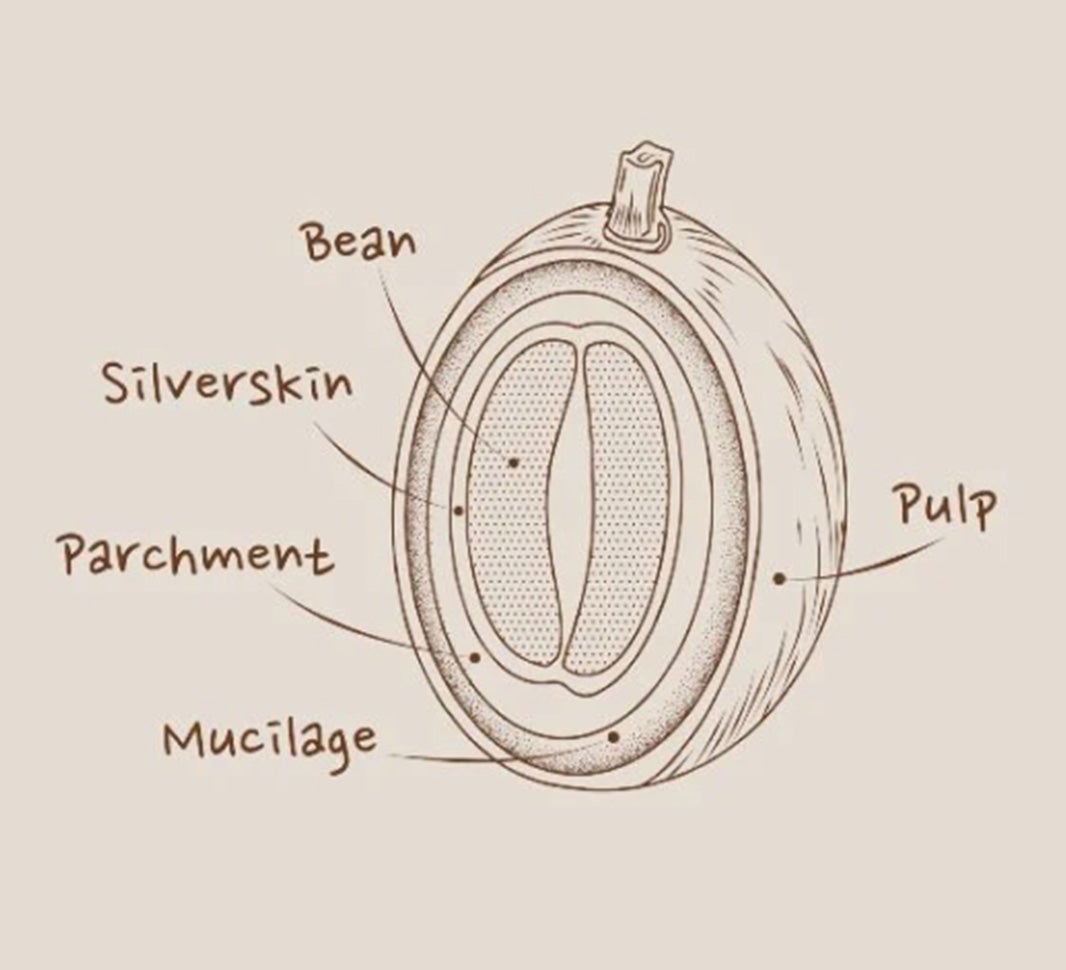
- Outer Skin / Exocarp: Coffee seeds are covered by flesh, much like a regular cherry. At the beginning of fruit development, this outer layer of the coffee cherry is green. As the fruit matures, it turns yellow, then orange, and finally a ripe red.
- Pulp / Mucilage / Mesocarp: The next layer of the coffee cherry is common in many seeded fruits. It’s a sweet sticky layer covering each of the coffee seeds, rich in sugars and has a big influence on the taste of the coffee bean.
- Pectin: This layer, composed of cellulose, serves as a protective barrier for the coffee beans and helps maintain the bean's integrity during processing.
- Parchment / Endocarp: A thick shell-like layer that surrounds the bean and when dried, loosely resembles parchment paper.
- Silver Skin / Chaff:Known for its fine, silvery appearance, this layer is often referred to as chaff. It clings to the coffee bean and is shed during the roasting process.
- Seed / Coffee Bean: The green coffee bean or seed matures inside the cherry until it’s ready to be roasted, transforming into the different coffee roasts we know and love.
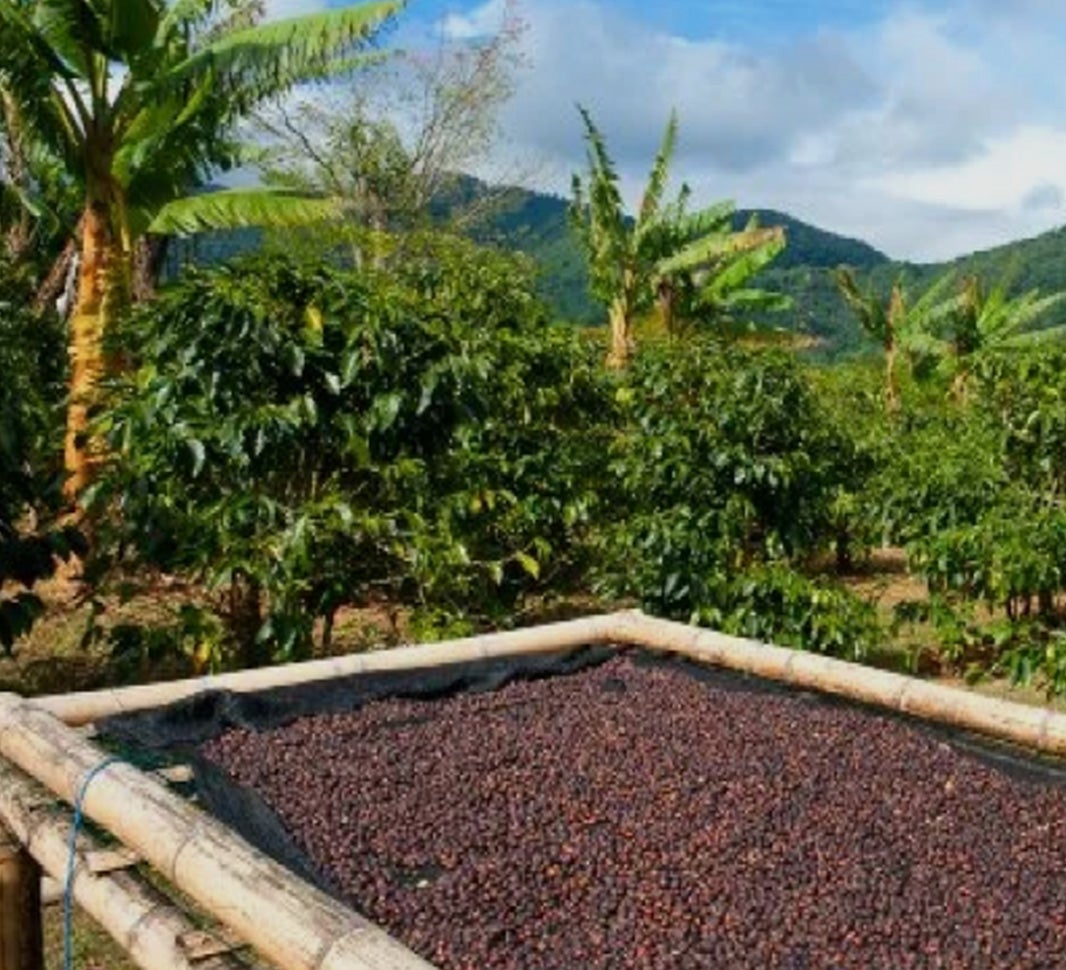
What are the most common coffee roast types?
There are four main types of coffee roasts, all with their own unique flavours and notes which are brought out at different stages of the roasting process. Once the beans are heated to the ideal temperature for that particular coffee roast, they are cooled rapidly in order to stop them being roasted further. Learn more about the coffee roasting process in our guide.
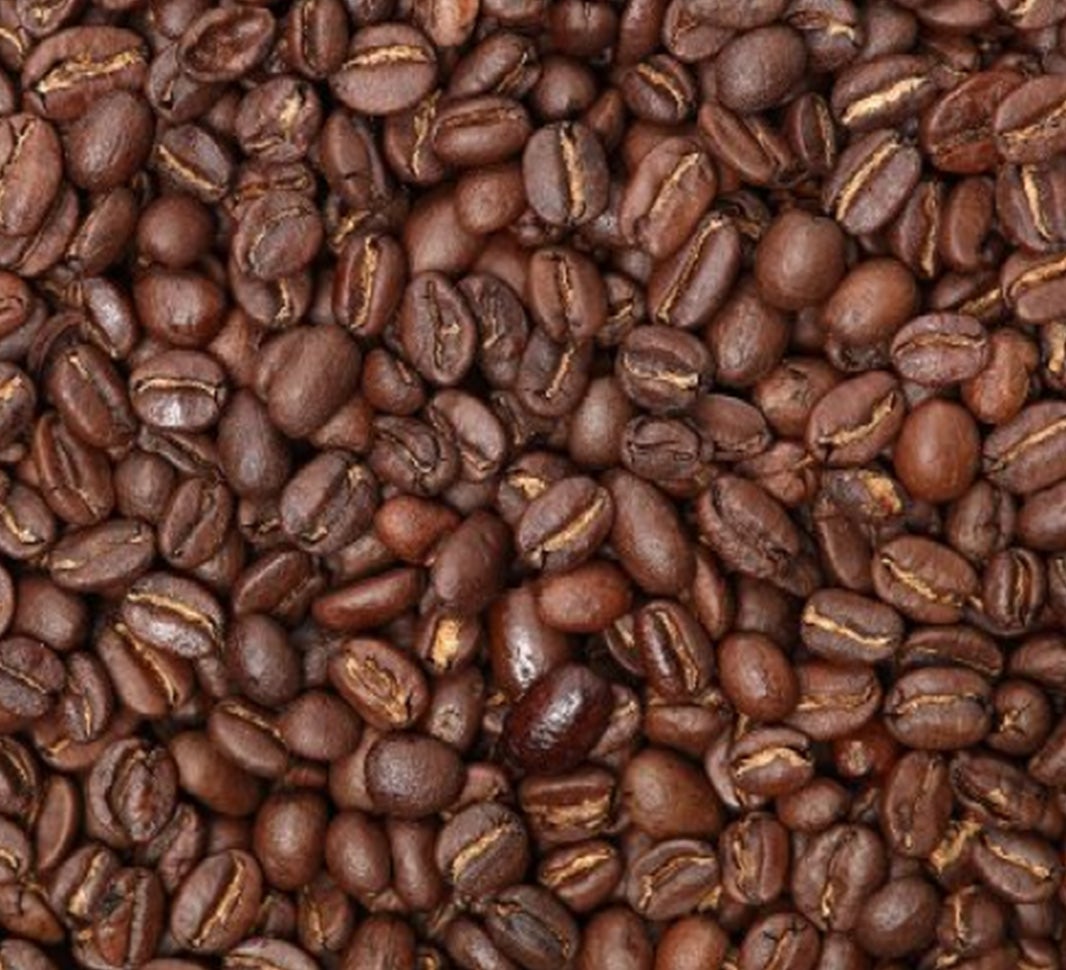
Light roast coffee
Light roast coffee is also known as the first crack due to the fact that the beans are at the first stage of expanding and cracking.
This type of coffee roast is achieved when the beans reach an internal temperature of between 180°C - 205°C and are very light in colour and dry with absolutely no oil present on the surface. The flavour profile of light roast coffee will be quite acidic, but you’ll also expect fruity notes and a more aromatic experience too.
Explore some of our light roasts:
NESCAFÉ GOLD BLEND Roastery Collection Light Roast
NESCAFÉ GOLD BLEND Origins Cap Colombia
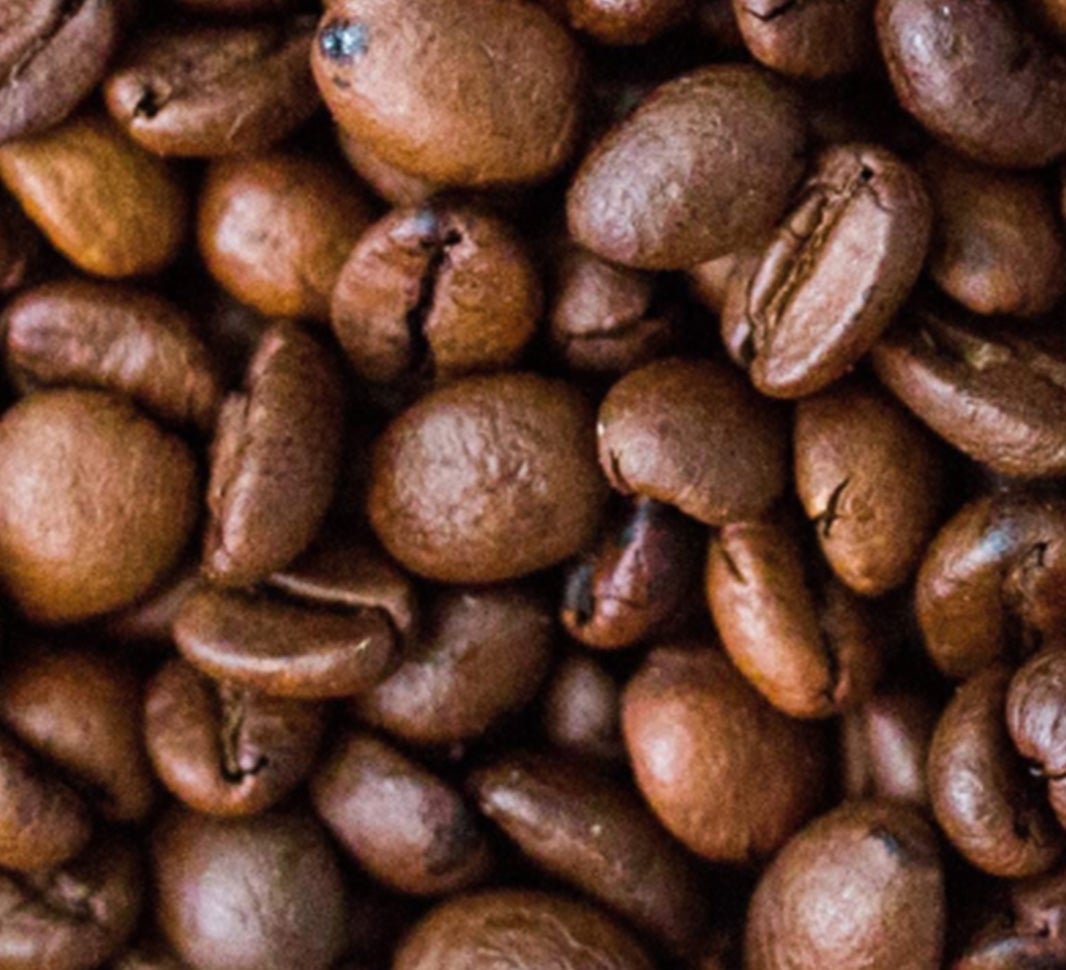
Medium roast coffee
As the name suggests, medium roast coffee is medium brown in colour, dry and generally more balanced in flavour. This type of coffee roast is roasted to a temperature of between 210°C - 220°C and is preferred by many as the flavour, aroma and acidity all balance together in a harmonious blend and often, a slightly sweeter taste and stronger aroma can be expected with medium roasts too.
If a more balanced flavour and aroma is appealing to you, try our NESCAFÉ GOLD BLEND It's smooth, rich, yet well-rounded. Or, perhaps NESCAFÉ® AZERA Americano is for you, with its irresistible velvety crema.

Medium-dark roast coffee
With the coffee beans reaching a temperature of between 225°C - 230°C, medium-dark roast coffee is a great option for those looking for something a little stronger in flavour than medium, but not quite as bitter as dark roast coffee. Darker in colour and with oil present on the surface of the roasted bean, this coffee roast type offers a rich flavour that’s described as almost bittersweet. Additionally, thanks to the extended roasting period, the acidity is virtually undetectable.
If you like your coffee beans rich in aroma and full-flavoured, try NESCAFÉ Original. Made with perfectly roasted medium-dark coffee beans for a well-balanced flavour profile that’s universally loved.
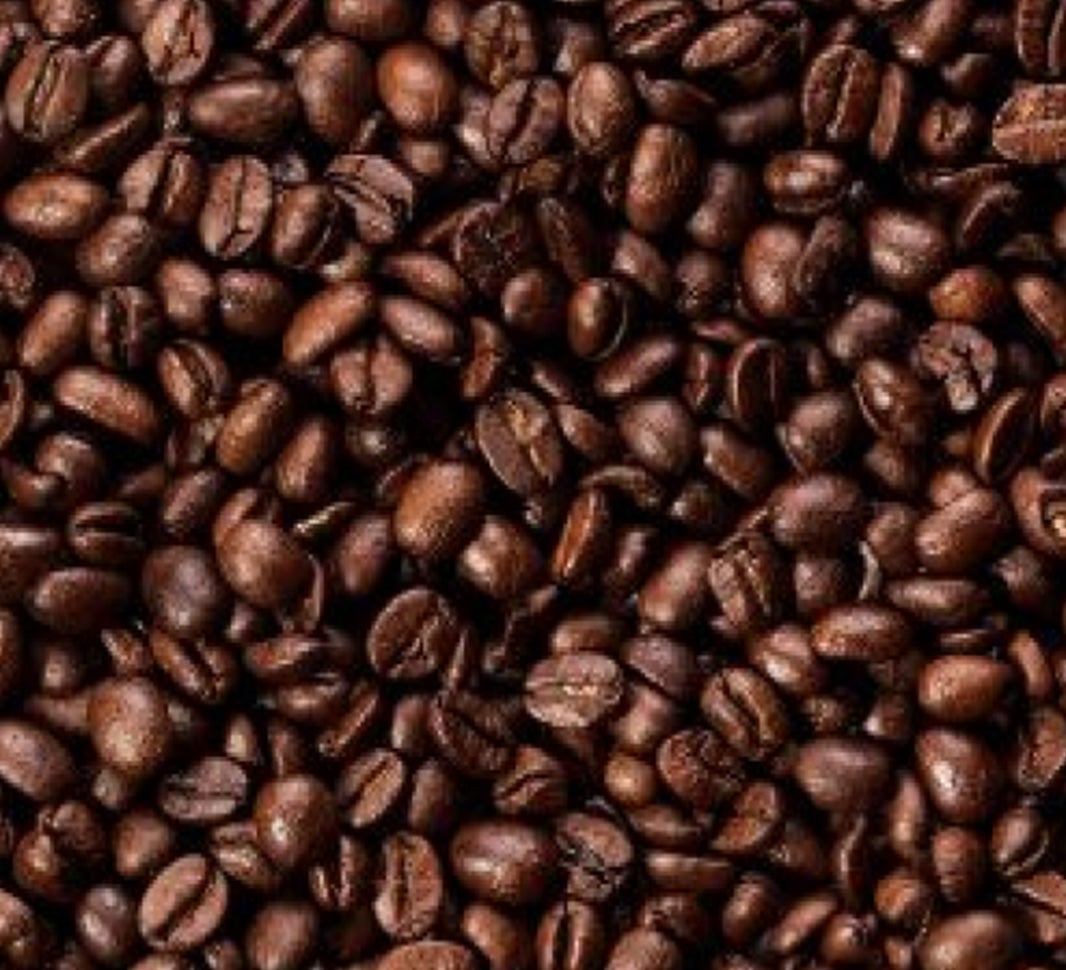
Dark roast coffee
The boldest roasting profile available, dark roast coffee is roasted to a temperature of between 240°C - 250°C. This type is black in colour with an oily surface and a very bitter taste. The flavours are very pronounced with strong notes and often, hints of caramel can be found in these types of coffee roast.
Medium-dark and dark roasted coffee beans go through what is known as ‘second crack’, relating to an occurrence during the roasting process. ‘First crack’ is when the coffee beans will audibly pop like popcorn or puff up slightly. The ‘second crack’ is a slightly softer sound which, if the roasting process continues long enough, usually occurs when the oils inside the beans begin to migrate to the surface
For those who like a dark roast coffee, our NESCAFÉ® GOLD BLEND Roastery Collection Dark Roast coffee is just for you. With notes of dark chocolate and roasted nuts for a rich and intense flavour, you will not be disappointed.
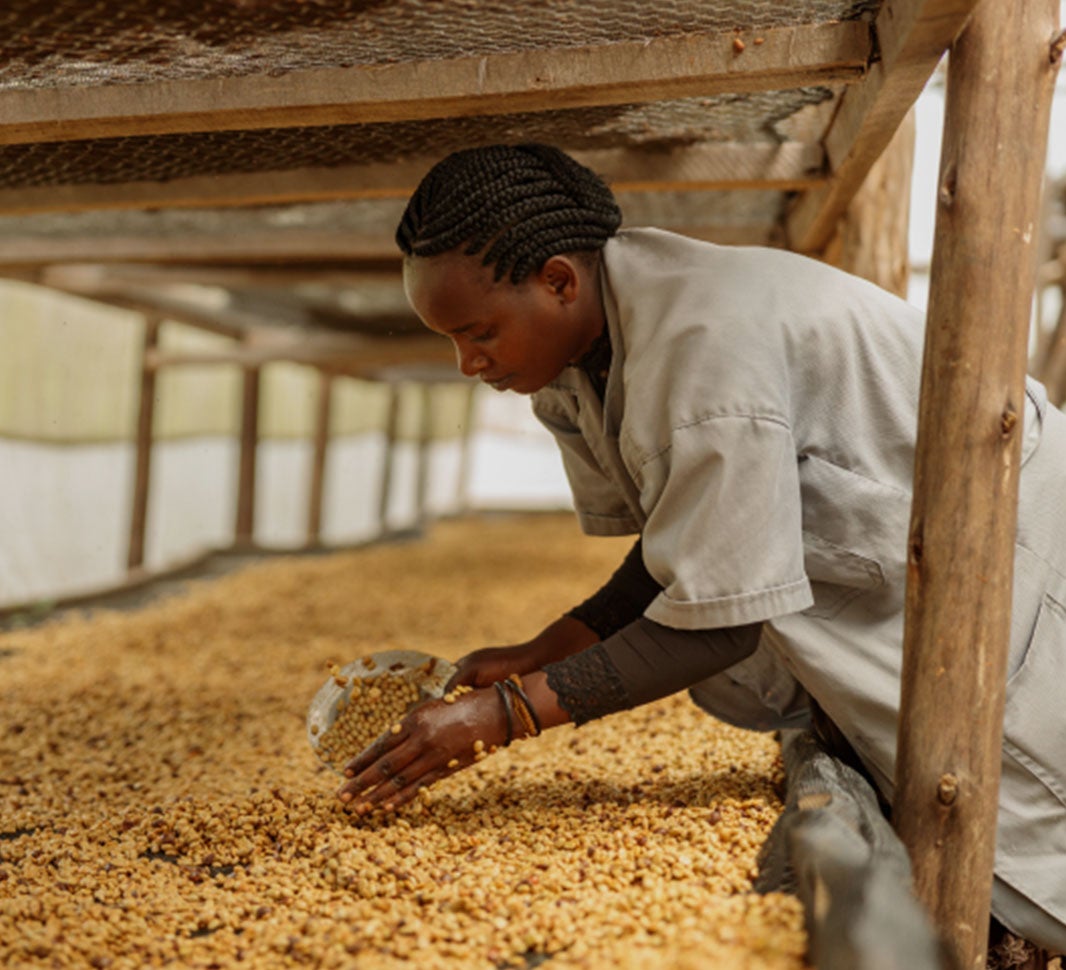
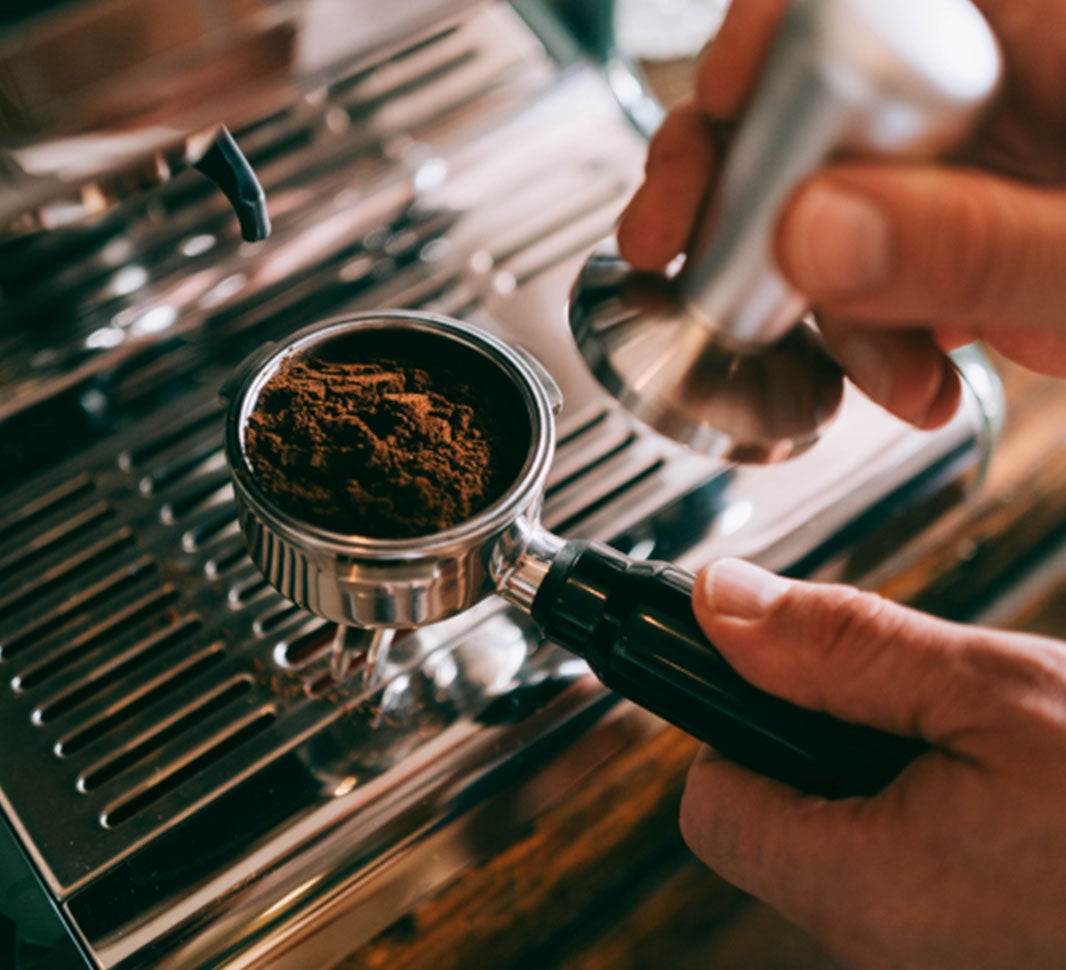
How does processing coffee beans affect their taste?
After coffee beans are extracted, they must go through a special preparation stage, which can be done through either a washed or a natural process. Believe it or not, this preparation before the roasting process does affect the taste! When dried naturally, you can expect fruitier flavours due to the fermentation of natural sugars in the pulp. A washed process however, offers more vibrant flavours. This is because it removes all the pulp and fruity sugars which have an impact on the bean, leaving the pure coffee bean flavour to come through more strongly.
Today’s community favourites


Join the My Perks community!
Enjoy prizes, discounts, expert tips, recipes, exclusive offers and more with My Perks.

